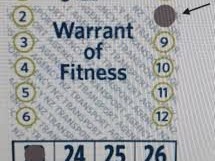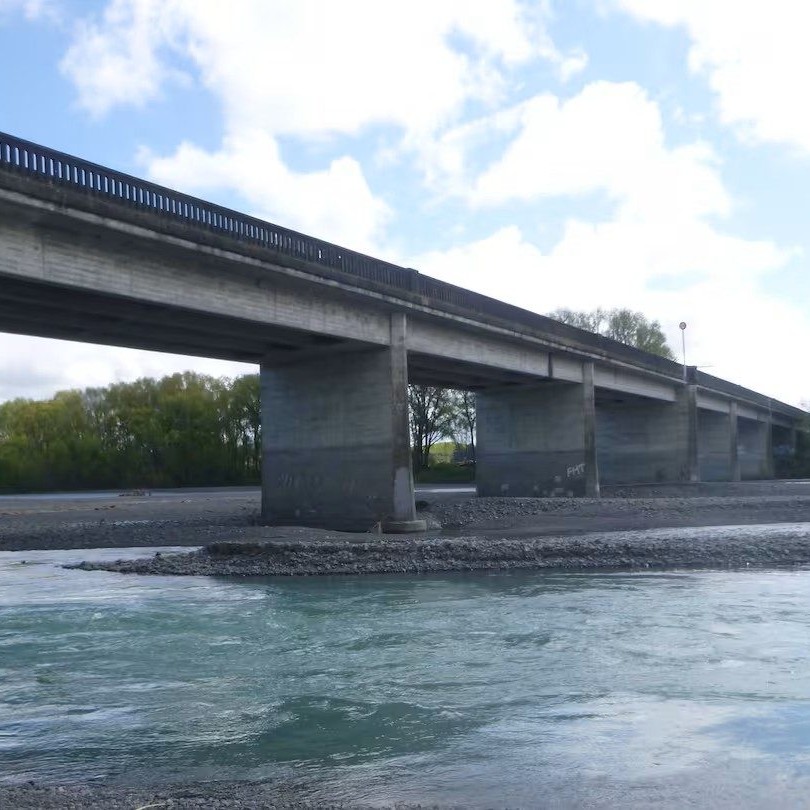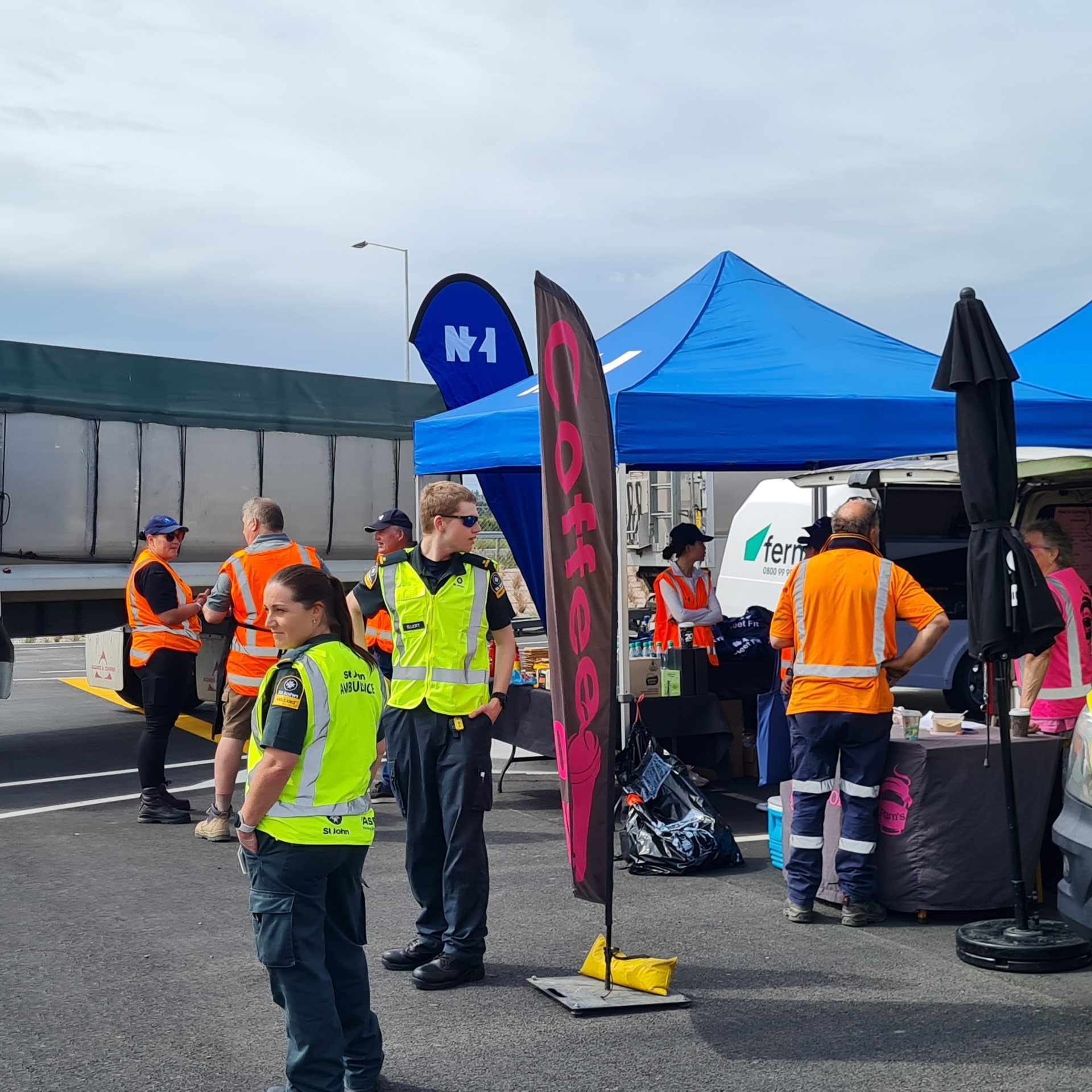
Amongst the plethora of consultations on changes to vehicle rules announced by NZTA at the end of October (it never rains but it pours!), including some on 50MAX and H plates, were also plans to change light vehicle inspections.
The changes include reducing WoF and CoF A frequencies for many vehicles:
- New vehicles: First WoF issued for 4 years (currently 3 years)
- Vehicles 4-10 years old: WoF required every 2 years (currently annual)
- Vehicles over 10 years old: WoF required every year (currently annual if built from 2000-on; 6-monthly if built prior – but annual if over 40 years old)
- Light rental vehicles under 5 years old: CoF A required every year (currently 6-monthly for all)
Other changes include expanding the scope of WoF and CoF A inspections to check fault lights for Advanced Driver Assistance Systems (ADAS) like Automatic Emergency Braking and Lane Keep Assist are not showing.
NZTA are also seeking feedback on support for higher fines or imposing demerit points for not having a valid WoF/CoF A and other offences like having bald or damaged tyres (currently these are only subject to a fine of $200 for an expired WoF/CoF A and $150 for vehicle defects). They also suggest there is scope for more education to help people understand how to maintain their vehicles in between inspections.
As the Associate Minister of Transport James Meager noted when announcing the proposals, NZ has the most frequent inspection regime in the world. In mainland Europe it’s common to check vehicles every two years, while most states in Australia and provinces in Canada only require a WoF when the vehicle changes ownership. But despite that, our road toll is higher than countries with fewer inspections. In any event, the contribution of vehicle defects to crashes is tiny – about 1.7% of deaths and serious injuries. All of which suggests frequent safety inspections are not a silver bullet (in truth, countries with lower road tolls have better roading infrastructure than us).
“We want to make sure we’re not placing unnecessary costs or time pressures on Kiwis, while still keeping everyone safe on the road,” Mr Meager said.
The NZTA consultation document concludes that the cost of NZ’s frequent inspection regime – annual for most and as often as 6-monthly for light vehicles manufactured prior to 2000 – outweighs the safety benefit, meaning that these proposals will save New Zealanders money from having fewer inspections and less time spent obtaining them. Nevertheless, the document calculates that these changes will also lead to a moderate increase in crashes. NZTA estimates around 1.6m light vehicle owners will benefit from a reduced inspection frequency, with collective compliance cost savings of some $1.6-2.6 billion over a 28-year period.
- More information on the proposals: https://www.nzta.govt.nz/about-us/public-consultation-hub/current-consultations/considering-changes-to-light-vehicle-inspections





